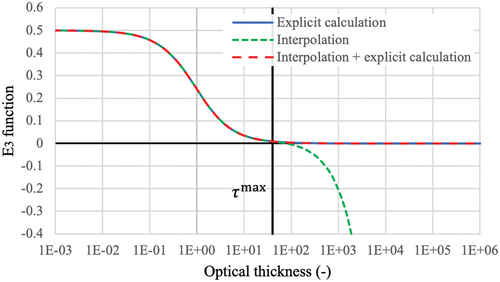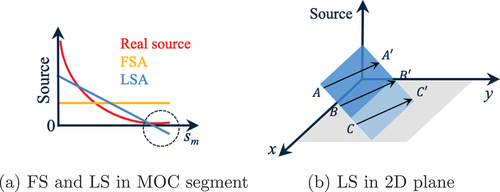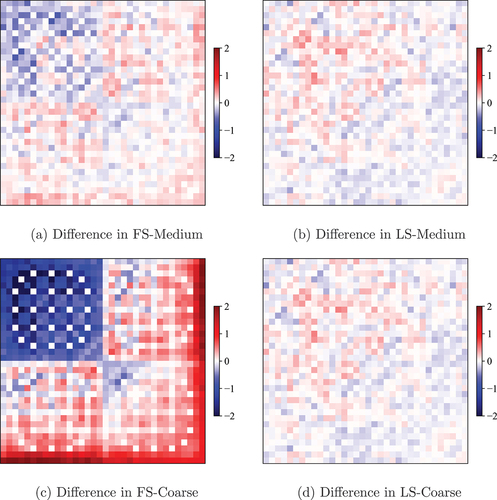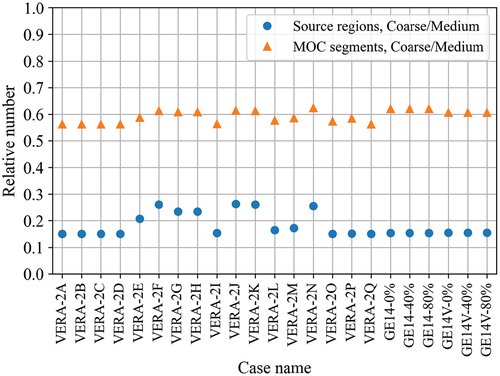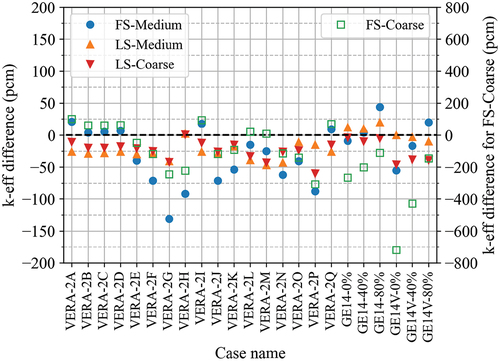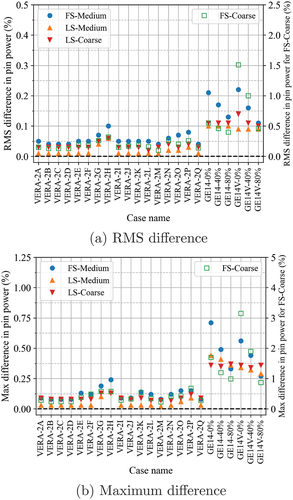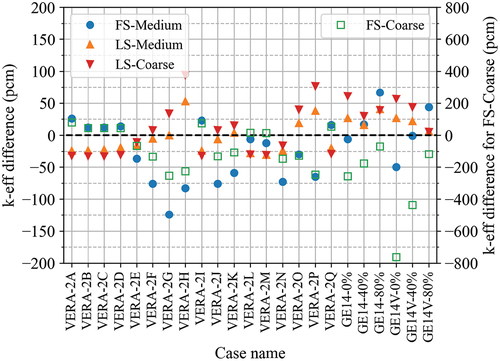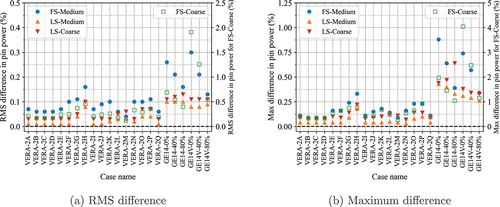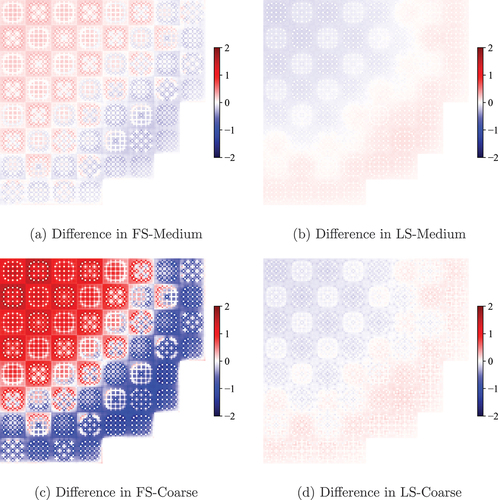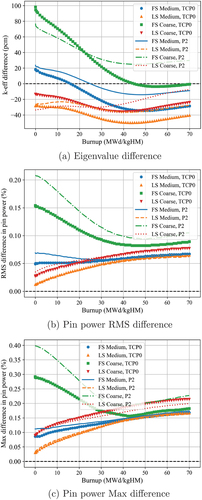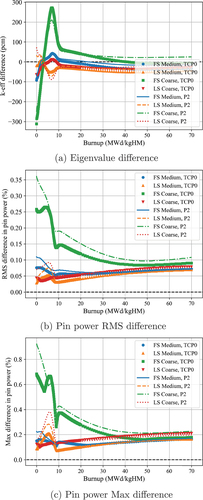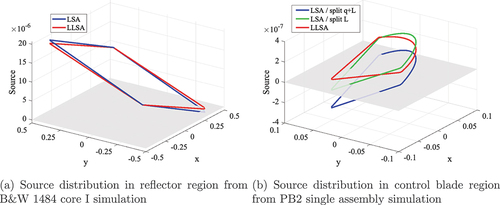Figures & data
Fig. 1. Depiction of the spatial and directional coordinate system used in the neutron transport equation.
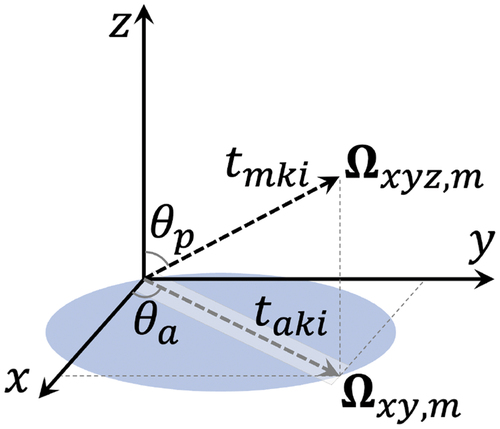
Algorithm 1 LIFA LSA algorithm for each MOC transport sweep
Algorithm 2 TCP0 or P0 LSA algorithm for each MOC transport sweep
Algorithm 3 LLSA algorithm for each MOC transport sweep
TABLE I Mesh Options for the 2D C5G7 Benchmark
TABLE II The Relative Number of Source Regions and MOC Segments of C5G7 Problem
TABLE III Accuracy Comparisons for the C5G7 2D Benchmark Calculation Using Different Source Approximations and Meshes
TABLE IV Performance Comparisons for the C5G7 2D Benchmark Calculation Using Different Source Approximations and Meshes
TABLE V Mesh Options for the 2D Fuel Assembly Problems
TABLE VI Case-Averaged Differences for Eigenvalue and Pin Power Distribution with TCP0 Scattering
TABLE VII Case-Averaged Difference for Eigenvalue and Pin Power Distribution with P2 Scattering
TABLE VIII Case-Averaged Relative Run Time and Memory with TCP0 Scattering
TABLE IX Case-Averaged Relative Run Time and Memory with P2 Scattering
TABLE X VERA-5A 2D Core Problem Eigenvalue and Pin Power Results with TCP0
TABLE XI VERA-5A 2D Core Problem Eigenvalue and Pin Power Results with P2
TABLE XII VERA-5A 2D Core Problem Relative Run Time and Memory with TCP0
TABLE XIII VERA-5A 2D Core Problem Relative Run Time and Memory with P2
TABLE XIV Burnup-Averaged Eigenvalue and Pin Power Differences for VERA 2A Depletion Problem
TABLE XV Burnup-Averaged Eigenvalue and Pin Power Differences for VERA 2P Depletion Problem
TABLE XVI VERA 2A Depletion Step-Averaged Relative Run Time and Memory with TCP0 Scattering
TABLE XVII VERA 2P Depletion Step-Averaged Relative Run Time and Memory with TCP0 Scattering
TABLE XVIII VERA 2A Depletion Step-Averaged Relative Run Time and Memory with P2 Scattering
TABLE XIX VERA 2P Depletion Step-Averaged Relative Run Time and Memory with P2 Scattering
TABLE XX VERA Problem 6 3D Single-Assembly Eigenvalue and Pin Power Results with TCP0
TABLE XXI VERA Problem 6 3D Single-Assembly Eigenvalue and Pin Power Results with P2
TABLE XXII VERA Problem 6 Relative Run Time and Memory with TCP0
TABLE XXIII VERA Problem 6 Relative Run Time and Memory with P2
TABLE XXIV Numerical Results from B&W 1484 Core I Simulations
TABLE XXV Numerical Results from PB2 Assembly Simulations

